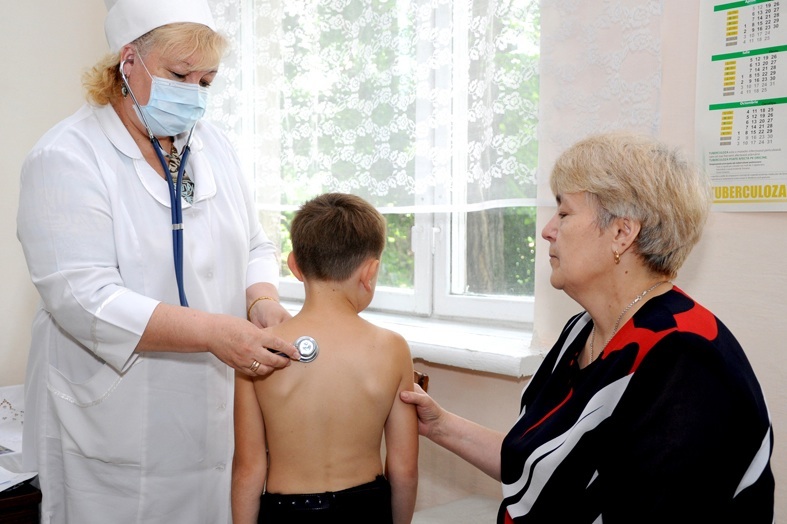World Tuberculosis(TB) Day is observed on March 24 every year in order to spread awareness about the health, social and economic consequences of the global epidemic of tuberculosis (TB) and efforts to eliminate the disease.
Latent Tuberculosis patients do not show any symptoms while one of the major symptoms that show in those suffering from active Tuberculosis includes cough that lasts over a period of three weeks. Other signs and symptoms of the disease include unintentional weight loss, pain in the chest, blood in cough, fever, unexplained fatigue, etc. If an individual experiences these signs he or she should not ignore it and must consult a doctor immediately.
World Tuberculosis Day 2021: Theme and Significance
The theme of World TB Day 2021 – ‘The Clock is Ticking’ –conveys the sense that the world is running out of time to act on the commitments to end TB made by global leaders. This is especially critical in the context of the COVID-19 pandemic that has put End TB progress at risk, and to ensure equitable access to prevention and care in line with WHO’s drive towards achieving Universal Health Coverage.
TB remains one of the world’s deadliest infectious killers. Each day, nearly 4000 lose their lives to TB and close to 28,000 people fall ill with this preventable and curable disease. Global efforts to combat TB have saved an estimated 63 million lives since the year 2000.
World Tuberculosis Day 2021: History
The date of 24th March marks the day in 1882 when Dr. Robert Koch announced that he had discovered the bacterium that causes TB, which opened the way towards diagnosing and curing this disease.
According to Koch’s colleague, Paul Ehrlich, “At this memorable session, Koch appeared before the public with an announcement which marked a turning point in the story of a virulent human infectious disease. In clear, simple words Koch explained the aetiology of tuberculosis with convincing force, presenting many of his microscope slides and other pieces of evidence.”
On World TB Day, WHO calls on everyone to keep the promise to:
- Accelerate the End TB Response to reach the targets set in Sustainable Development Goals, WHO End TB Strategy, the Moscow Declaration to End TB, and the political declaration of the UN High-Level Meeting on TB.
- Diagnose and treat 40 million people with TB by 2022 including 3.5 million children and 1.5 million people with drug-resistant TB. This is in line with WHO’s overall drive towards Universal Health Coverage and the WHO Director General’s flagship initiative “Find. Treat. All. #EndTB” jointly with the Global Fund and Stop TB Partnership.
- Reach 30 million people with TB preventive treatment by 2022 so that those people most at risk receive TB preventive treatment, including 24 million household contacts of TB patients – 4 million of whom are children under 5 – and 6 million people living with HIV.
- Mobilize sufficient and sustainable financing to reach USD 13 billion a year to support efforts to end TB; for every USD 1 invested to end TB, USD 43 is returned as the benefits of a healthy functioning society (Economist/ Copenhagen Consensus).
- Invest in TB research to reach at least USD 2 billion a year for better science, better tools, and better delivery.




















